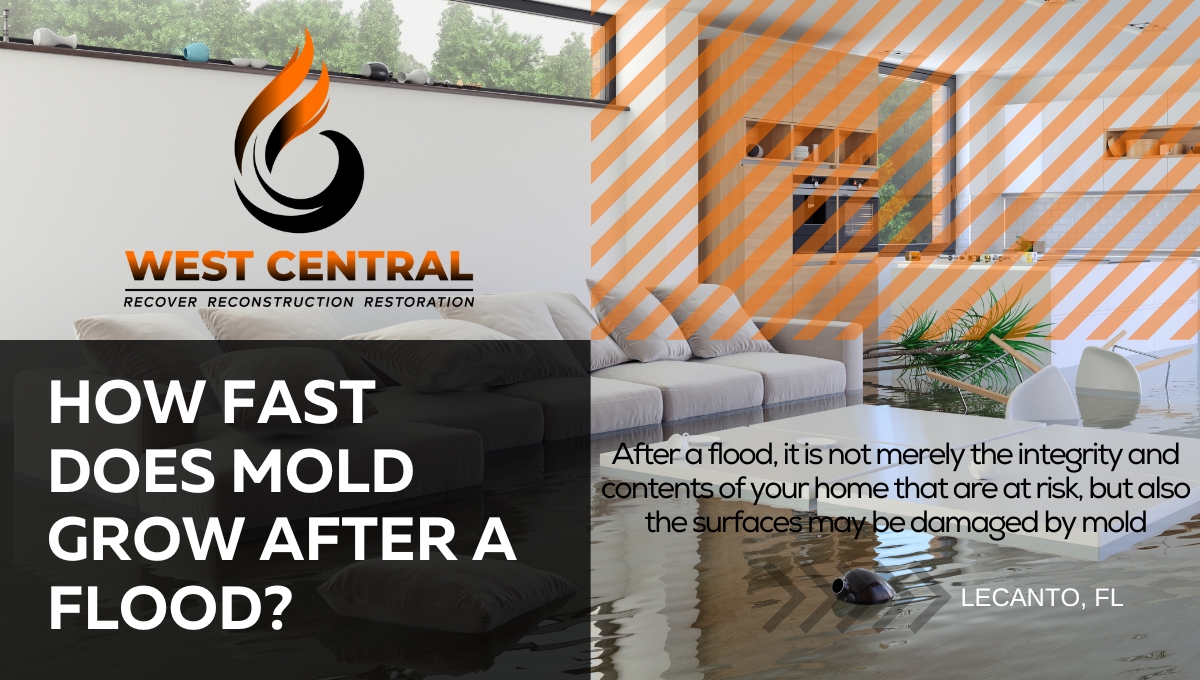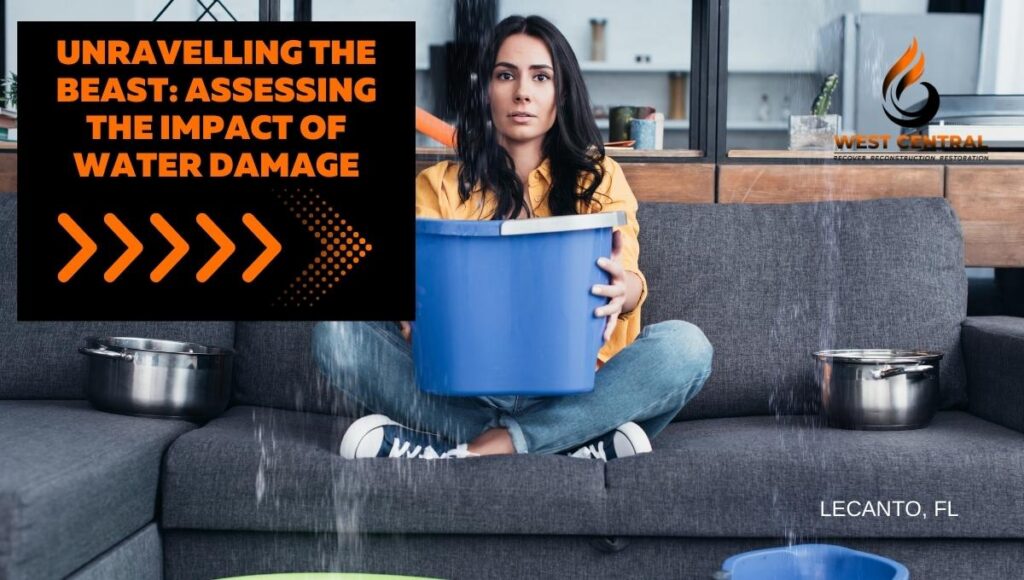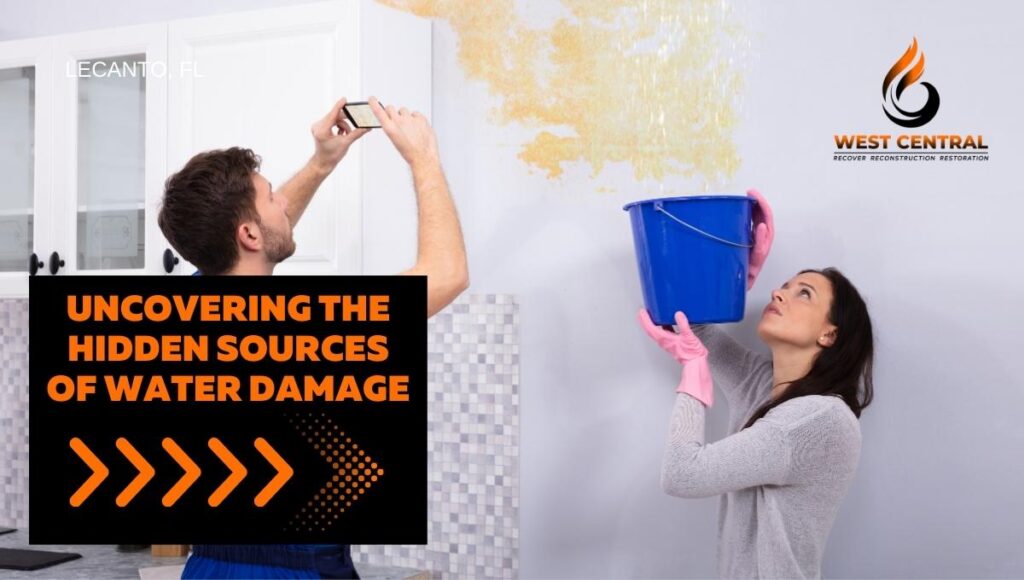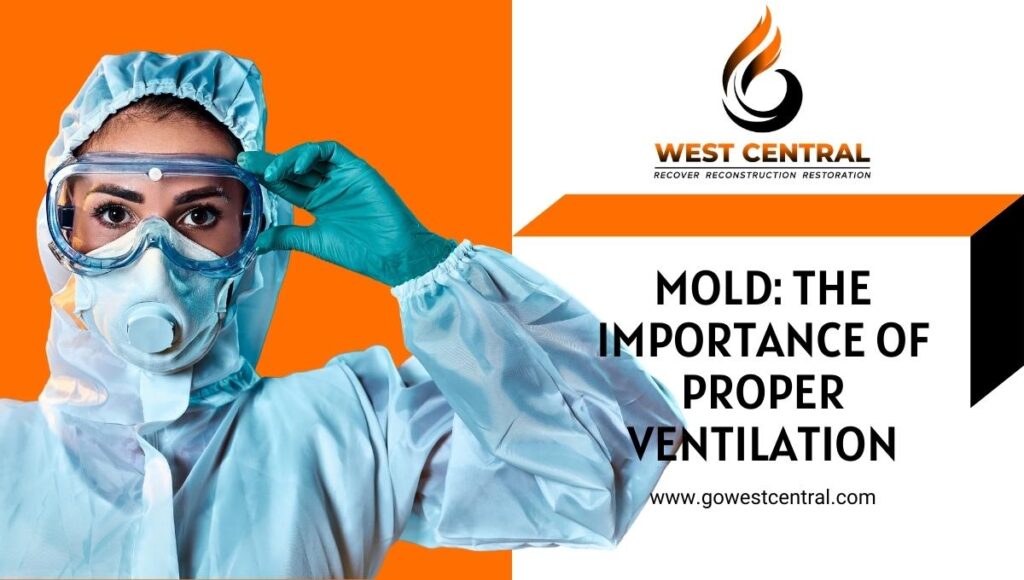 After a flood, it is not merely the integrity and contents of your home that are at risk, but also the surfaces may be damaged by mold. Mold is often present in the interior and exterior of your home as tiny, invisible spores floating in air.
After a flood, it is not merely the integrity and contents of your home that are at risk, but also the surfaces may be damaged by mold. Mold is often present in the interior and exterior of your home as tiny, invisible spores floating in air.
But when conditions become favorable for their growth as a result of a flood, they will germinate upon landing on surfaces and begin establishing colonies. And then from tiny invisible colonies, they spread to more areas. Eventually, they produce visible growths, which in turn stain and damage surfaces, and begin to threaten the health of the occupants, particularly those with asthma and allergies.
So how fast does mold grow after a flood?
It takes 24 to 48 hours after a flood for mold to grow. This initial growth is usually invisible as the fungal colonies involved are still few. From these few colonies emerge larger colonies as spores spread from one surface to another.
If no action is taken to remove the water and thoroughly dry affected surfaces, the number of mold colonies can increase significantly, resulting in a visible growth within 18-21 days. Failure to remove water promptly allows for a favorable indoor moisture and temperature level, which again, accelerates the growth.
Mold grows faster indoors when the interior is darker, warmer, and more humid. It also grows and spreads swiftly when the surfaces are softer, porous and organic—with the organic surfaces providing the necessary nutrients to support the growth of the fungi.
What factors determine how quickly mold grows after a flood?
- Length of time before the flood water is removed
How fast mold grows after a flood depends on how long the flood water stands in your home. If the water is not removed for at least 8 hours, there is an increased risk that mold will grow within 48 hours. And if the water isn’t removed for a few days, visible mold can appear within 18 days.
But if you act fast and remove the water within 2-4 hours and dry up the surfaces, it is unlikely that mold will grow. Prompt and active use of fans to boost air circulation and dehumidifiers to dry the interior also prevents mold growth.
That is why it is critical to swiftly extract the water, fix moisture issues and thoroughly dry affected areas after flooding. For the quicker you clean and dry your home after the flood, the lower the chances of mold growth.
- Presence of organic surfaces
Mold spores germinate more quickly on organic surfaces. Once they land on living surfaces, they find enough food to grow and spread rapidly throughout your property.
The availability of several organic surfaces in your home will determine how fast mold grows after a flood. Prioritizing inorganic surfaces can prevent or slow down the growth of mold in case your home floods.
- Indoor temperature
Mold spores germinate quickly after a flood when the indoor temperature is warmer, usually 70 degrees Fahrenheit or higher. The higher temperature provides the right condition for the spores to re-activate and regenerate, increasing their chances of germination and growth. Keeping your home as cool as possible after a flood is a great way of slowing down the germination of spores to allow ample time for you to tackle the problem at its initial stages.
- Interior ventilation
Mold grows faster in humid and poorly ventilated homes. So by keeping your home airy and dry, you can slow down the growth and spread of mold.
How do you prevent mold growth after a flood?
Mold is likely to grow in your home after a flood if the water damage is severe and the water stands indoors for several hours to many days. Growth may also occur if more surfaces are affected and they are not completely dried.
You should also:
- Promptly fix leaks that caused the flooding.
- Remove water damaged items or materials that you can’t completely clean or dry.
- Use a dehumidifier or air conditioner to lower interior humidity levels.
- Use fans or open windows and doors to allow air to circulate.
- Clean and dry both the visible and the less apparent areas where water or moisture may be trapped, including underneath floorboards or within walls.
Efficient, trustworthy flood damage restoration
When your home floods you need to remove the water and dry the affected surfaces quickly to prevent further damages and possible mold growth. The best approach is hiring a professional flood damage restoration service to help remove the water faster and carry out speedy, meticulous drying of affected surfaces. Also, because flooding can cause mold to grow in hidden, unseen areas, like inside walls, working with a professional service will help tackle unapparent mold growths.
At West Central Equipment and Restoration, we have the latest industrial grade equipment to swiftly extract flood water and to rapidly dry affected surfaces, preventing potential mold growth. You’ll especially benefit from our services if your home is flooded with contaminated water, such as sewage, which is extremely hazardous and best handled by trained, experienced damage cleanup professionals.
To get professional mold removal and flood damage restoration services in Lecanto, Florida, call us now at +1 (352)-270-8417. For more information on flood damage prevention, mitigation, and restoration ideas, tips and tricks, visit the site “Go West Central”











